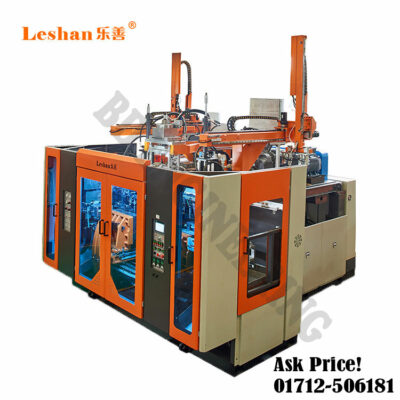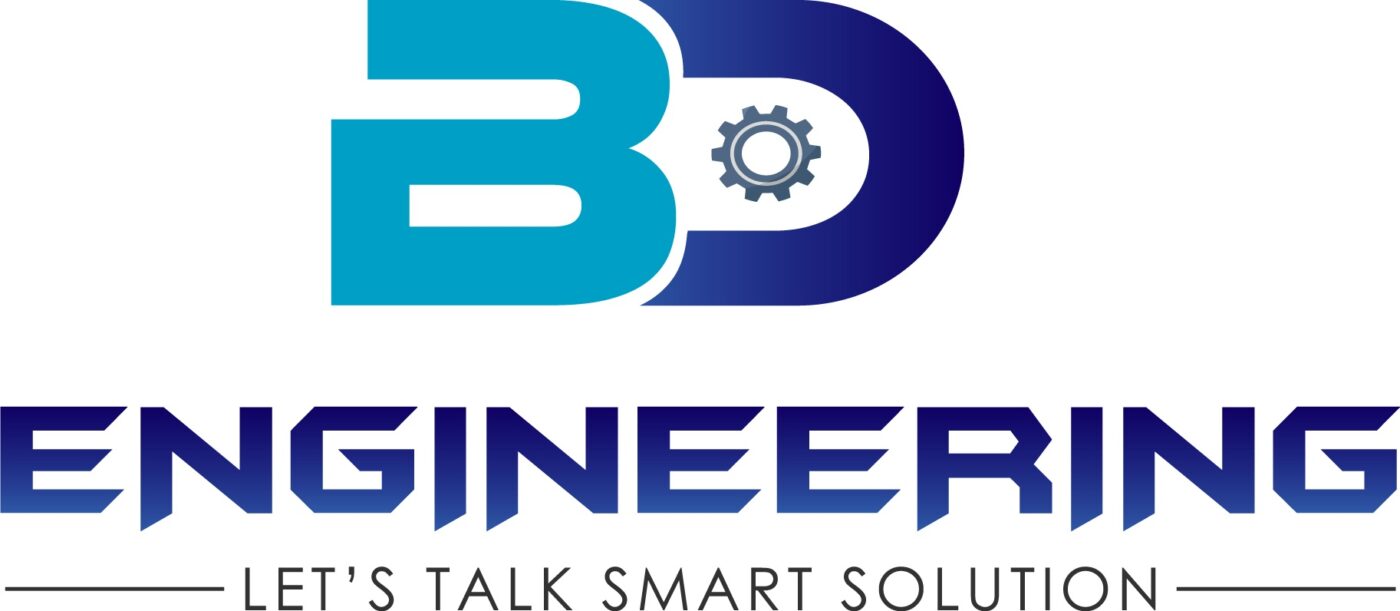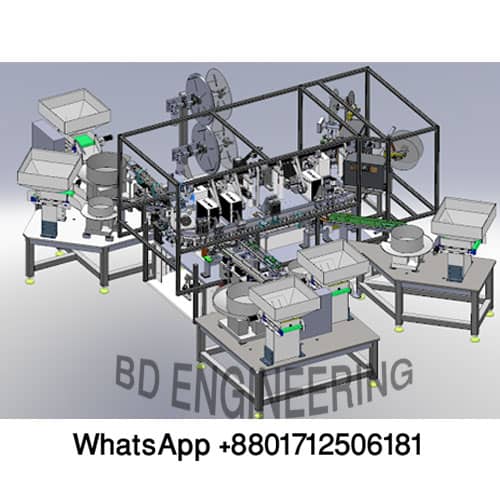Packaging Machine Automation
Packaging machine automation and the development of older machines typically involve integrating modern automation technologies to improve efficiency, reliability, and flexibility. Here’s a comprehensive approach to both aspects:
Packaging Machine Automation
1. Integration of PLCs and HMIs:
- PLCs (Programmable Logic Controllers) serve as the backbone of automation, controlling machine operations based on programmed logic.
- HMIs (Human-Machine Interfaces) provide operators with a visual interface to monitor machine status, adjust parameters, and receive alerts.
2. Sensors and Actuators:
- Sensors (e.g., proximity sensors, vision systems) detect product presence, positioning, and quality.
- Actuators (e.g., motors, pneumatic cylinders) execute movements such as filling, sealing, and labeling.
3. Motion Control:
- Implement motion control systems to synchronize movements, ensuring precise and efficient operation.
- Use servo motors for accurate positioning and speed control.
4. Vision Systems:
- Vision systems inspect products for defects, ensuring quality control and reducing waste.
- Implement barcode or QR code readers for product tracking and traceability.
5. Safety and Compliance:
- Incorporate safety systems such as emergency stop buttons, light curtains, and safety PLCs to protect operators and meet regulatory requirements (e.g., ISO 13849-1, SIL).
- Ensure compliance with industry standards (e.g., FDA regulations for food packaging).
6. Data Acquisition and Analytics:
- Implement data acquisition systems to collect real-time operational data (e.g., production rates, downtime).
- Utilize analytics to optimize processes, predict maintenance needs, and improve overall equipment effectiveness (OEE).
7. Communication and Connectivity:
- Enable communication protocols (e.g., Ethernet/IP, Modbus TCP) to integrate packaging machines with MES (Manufacturing Execution Systems) and enterprise networks.
- Implement IIoT (Industrial Internet of Things) for remote monitoring and predictive maintenance.
Old Machine Development
1. Machine Assessment:
- Conduct a comprehensive evaluation of the existing machine’s mechanical, electrical, and control systems.
- Identify components that require upgrading or replacement.
2. Modernization Strategy:
- Incremental upgrades: Replace outdated components (e.g., controllers, sensors) with modern equivalents.
- Retrofitting: Integrate new automation technologies while retaining the core structure of the machine.
3. Control System Upgrade:
- Replace older relay logic or pneumatic control systems with PLC-based control systems for improved reliability and flexibility.
- Upgrade to modern HMIs for enhanced user interface and functionality.
4. Sensor and Actuator Replacement:
- Install modern sensors and actuators for improved precision, reliability, and compatibility with new control systems.
5. Safety and Compliance:
- Ensure the upgraded machine meets current safety standards and regulatory requirements.
- Integrate safety systems to protect operators and comply with industry regulations.
6. Training and Documentation:
- Provide training for operators and maintenance personnel on the updated machine operation and maintenance procedures.
- Document changes and upgrades for future reference and troubleshooting.
7. Testing and Validation:
- Conduct thorough testing and validation to ensure the upgraded machine meets performance expectations and safety standards before deployment.
Conveyor Systems:
Conveyor systems are used to transport products or packages throughout the packaging process. Automated conveyors can move products between different stages, such as filling, labeling, sealing, and packaging, ensuring a smooth and continuous workflow.
Robotics and Pick-and-Place Systems:
Robots and pick-and-place systems can handle various tasks in packaging, such as picking, placing, and manipulating products or packages. They can perform actions like sorting, stacking, loading, unloading, and palletizing, reducing manual labor and increasing productivity.
Vision Systems:
Vision systems use cameras and sensors to inspect products and packaging materials for defects, quality control, barcode reading, label verification, and alignment. They provide real-time feedback and enable automated decision-making based on the visual information captured.
Benefits of Automation and Upgrades:
- Improved Efficiency: Increased production rates and reduced downtime.
- Enhanced Quality: Consistent product quality through automation and inspection systems.
- Flexibility: Ability to handle diverse packaging formats and product variations.
- Cost Savings: Reduced operating costs through efficiency gains and predictive maintenance.
- Compliance: Meeting regulatory requirements and industry standards.
By integrating automation technologies and strategically upgrading older machines, manufacturers can achieve significant improvements in productivity, quality, and operational efficiency in packaging operations. Human-machine interfaces (HMIs) or operator interfaces provide a user-friendly graphical interface for operators to monitor and control the packaging process. They allow operators to set parameters, adjust settings, monitor machine status, and receive alerts or notifications.

PLCs and Control Systems: Programmable logic controllers (PLCs) are the central control units in packaging machine automation. They control and coordinate various components and subsystems of the packaging machinery, including motors, actuators, sensors, and other automation devices. PLCs are programmed with specific logic to execute the desired packaging operations.
Sensors and Feedback Devices: Sensors are used to detect and measure various parameters, such as product presence, position, size, weight, and other variables. Feedback devices, such as encoders, provide information on the position, speed, and synchronization of moving parts in the packaging machinery. This data is used for precise control and synchronization of the packaging process.
Safety Systems: Safety systems are critical in packaging machine automation to protect operators and prevent accidents. These may include emergency stop buttons, safety interlocks, light curtains, and other safety devices that ensure safe machine operation.
Packaging machine automation and the development of older machines typically involve integrating modern automation technologies to improve efficiency, reliability, and flexibility. Here’s a comprehensive approach to both aspects:
Benefits of Automation and Upgrades:
- Improved Efficiency: Increased production rates and reduced downtime.
- Enhanced Quality: Consistent product quality through automation and inspection systems.
- Flexibility: Ability to handle diverse packaging formats and product variations.
- Cost Savings: Reduced operating costs through efficiency gains and predictive maintenance.
- Compliance: Meeting regulatory requirements and industry standards.
By integrating automation technologies and strategically upgrading older machines, manufacturers can achieve significant improvements in productivity, quality, and operational efficiency in packaging operations.

